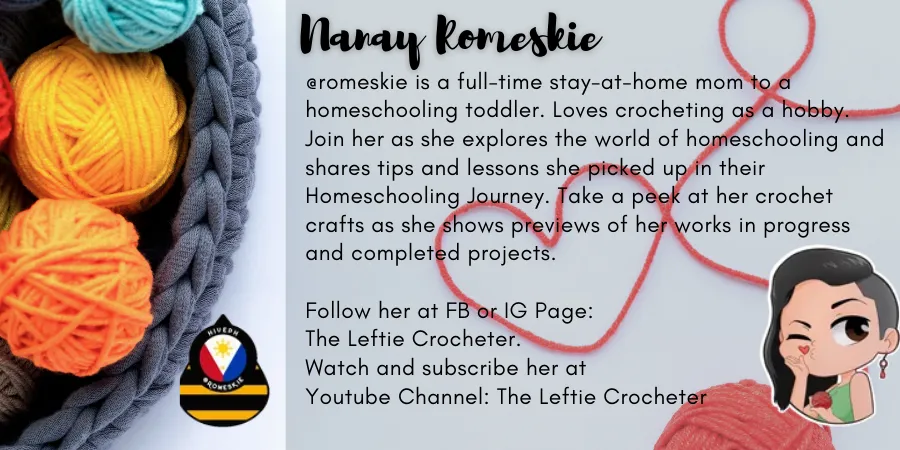
I overheard my kid talking to another kid about her paintings that we put on our wall. The kid said he's still practicing using watercolor and wants to perfect it so he could also have paintings on the wall. My daughter then said, "It doesn't have to be perfect, it just needs to be done as beautiful as you possibly can."
My daughter used to be too hung up on producing the most beautiful output in everything she does. She wants to make sure that her projects would turn out to be perfect. Mistakes made her cry to the point that she doesn't want to try new things anymore. She was scared of not executing things perfectly. She has exhibited a perfectionist personality even at a very young age.
I guess it all started back when I would instruct her to not go beyond the lines when she's coloring in her coloring books. She used to have lots of those. I was taught that way when I was a kid. My siblings were taught that way. My friends and everyone around me knows that is the way to go when it comes to arts. That's how we train kids how to appreciate arts. I realized though that this method is a bit too limiting when it comes to developing a child's love for arts.
Art Appreciation and Artist Study
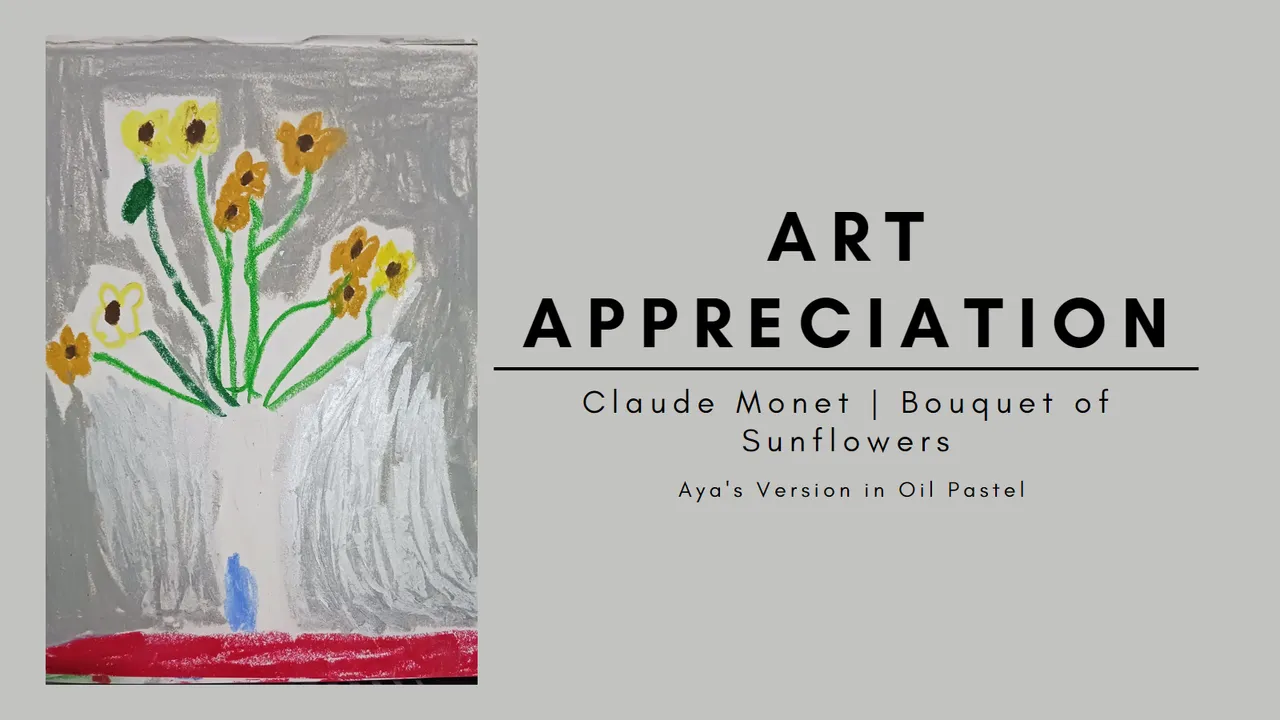
When I discovered the Charlotte Mason method of homeschooling, I saw that there is a much more effective and stress-free way of introducing arts to a child. We started doing art appreciation on summer last year. The first artist we studied was Vincent Van Gogh simply because he's my favorite (because you know, sunflowers) but mostly because his art proved more relatable to my daughter. Since my daughter loves flowers, we also went inside Monet's garden who also happened to have sunflower paintings.
If you want to try out an art appreciation practice, let me share how we do it. First we select a painting that we find interesting. We chose his famous sunflower painting (and by we, I meant ME). Once you've found one, I had my daughter look at the painting closely and intently for five minutes. I asked her to pay attention to the colors, the shapes and images she sees, textures she finds, and even emotions she feels while looking at the image. After five minutes, we close out the image and then I have her tell me everything she remembers about the painting. This is another practice on narration which is the main tool of teaching in the Charlotte Mason method. I have her close her eyes and try to recall the image in her head. This forces her brain to pull everything that she saw and felt while looking at the image.
Once she's done recalling everything she remembers about the painting, we then go ahead and start recreating the painting. We use oil pastel. There are times she wants to use her crayons, color pencils, or markers but given her age, we chose to have her to use only oil pastel. The texture that the oil pastel creates allows for her to feel okay with imperfections. She then starts to draw the painting according to what she remembers from the image. She's not allowed to take another look at the photo while she's trying to recreate it. This encourages her to improve her focus and attention.
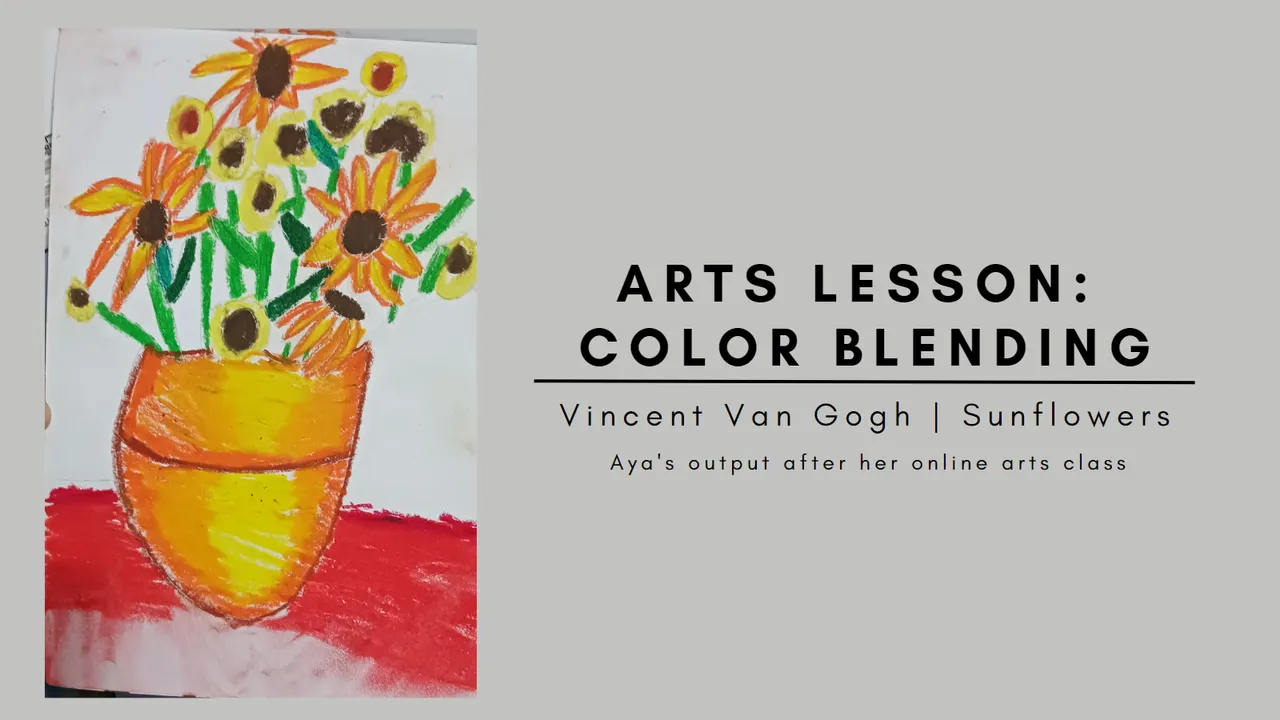
Should you want to give this a try, note that it is perfectly fine if your kid does not recreate the painting to the tee. This only proves that each and everyone of us sees things differently and this activity helps us parents and parent-educators understand more about how our child's brain works. You may give them feedback about their drawing but avoid giving out vague responses like "Wow! This is a nice drawing!" Give specific feedback like "I like how you mixed the orange and yellow colors to achieve that shade."
You can always revisit the painting some other time and then focus on the technical aspects like lighting and shadow effects, color blending, image depth, etc. You may also join in on the activity and see how different or alike you and your kid are.
Journals and Memory Keeping
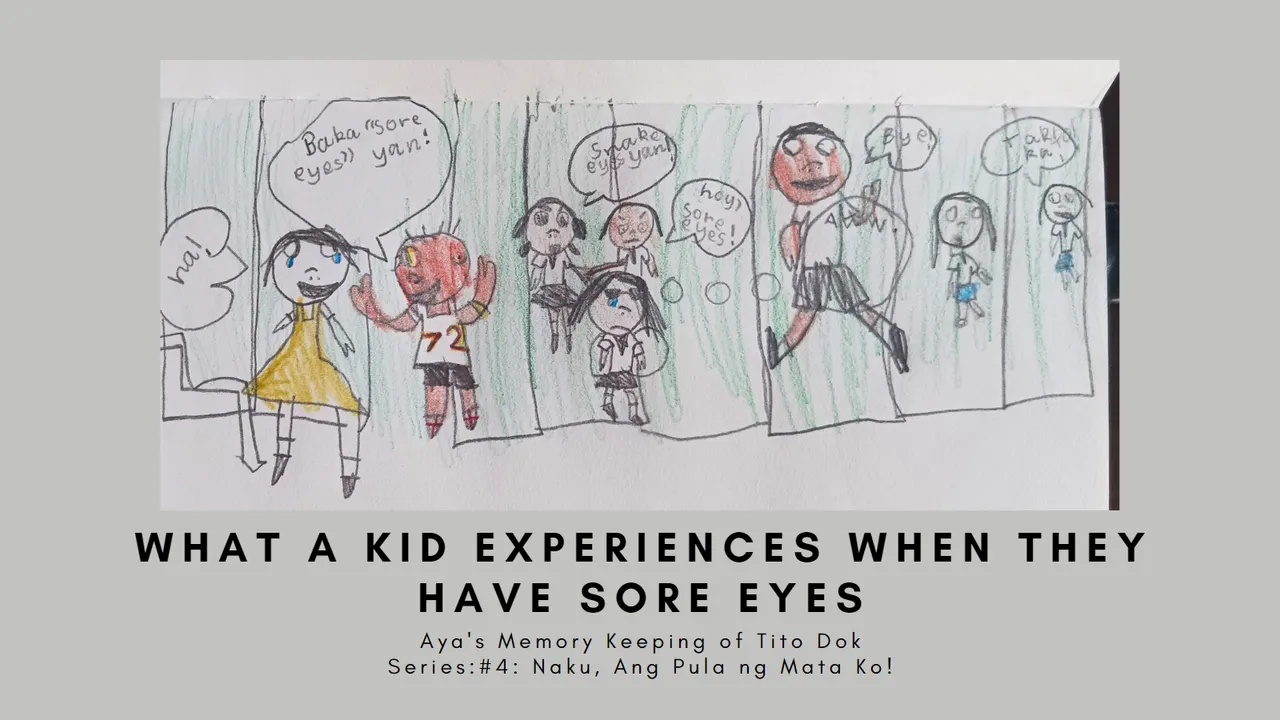
Just this year, I created a DIY journal for my kid. Not only does it help her keep track of her assignments and targets, it also helps her express herself more freely. In her journal, she makes drawings of her thoughts, dreams, and feelings. She even draws portraits of her cats, me, her Tatay, and herself. She even makes drawings of the series she watched.
As part of her homeschool activity, she also has her memory keeping. She has keeping notebooks for each of her subject where she makes drawings about the stories we read and the lessons we studied. It is really amazing to see the things that she find interesting and how she interprets those stories through her drawings.
Art is an expression of your innermost thoughts and feelings
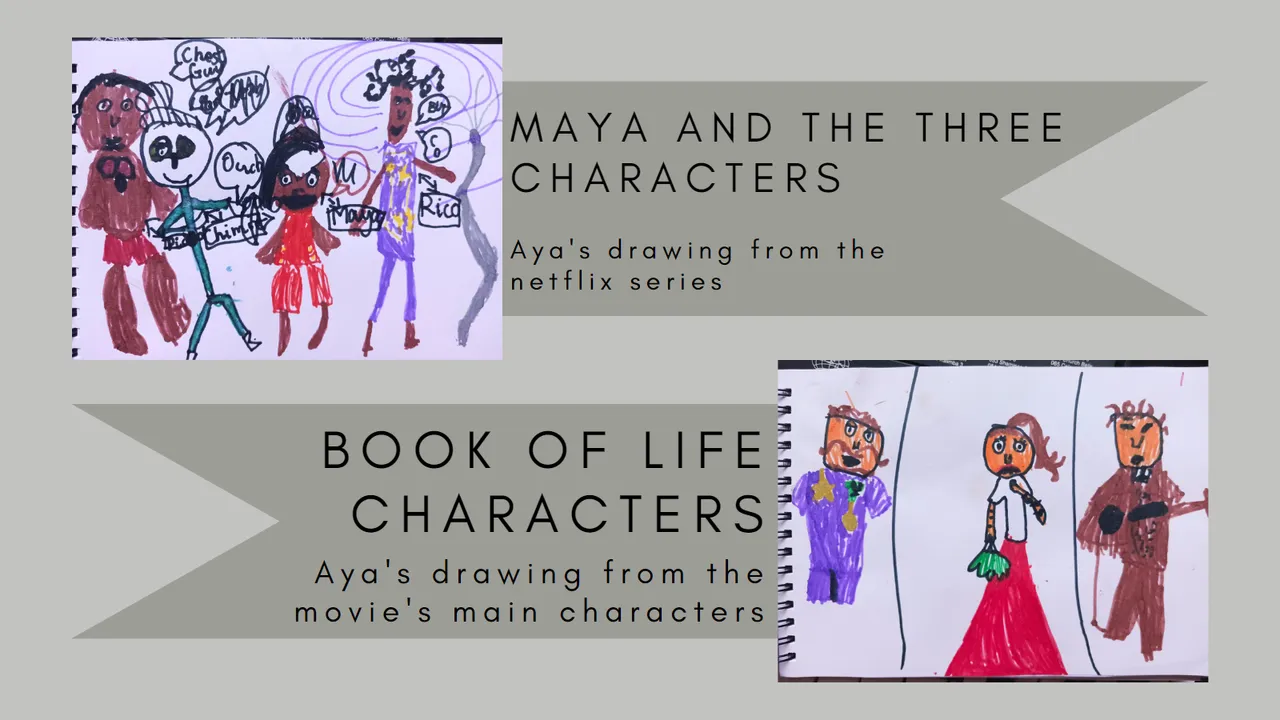
She's only 6 years old, and as young as she is, she is allowed to make mistakes. No, I don't make her color within the lines anymore. In fact I don't buy her any coloring books anymore. She still has some uncolored ones (the ones I bought when I was binge shopping online). Now, I prefer to buy her watercolor papers, marker papers, drawing journals, oslo papers and all other blank papers she wants to use. I want her to draw as feely as she can, in any way she can. It helps me understand her brain even more. She shows her personality more clearly with every painting or drawings she makes.
Now I understand that art is not all about perfection. It's not about how perfectly you draw the eyes, or how clean you colored in a shape that has been pre-made for you. Art is a way to express your innermost thoughts. My daughter used to draw on our walls, which I don't really mind. I was advised by other moms that I should discipline her and should not let her dirty the walls with her doodles. I'm glad I didn't listen. I'm glad my kid can freely express what she feels inside. I get learn more about her personality, I get to understand how she feels, I get a front row seat in watching how she progresses as an artist.


